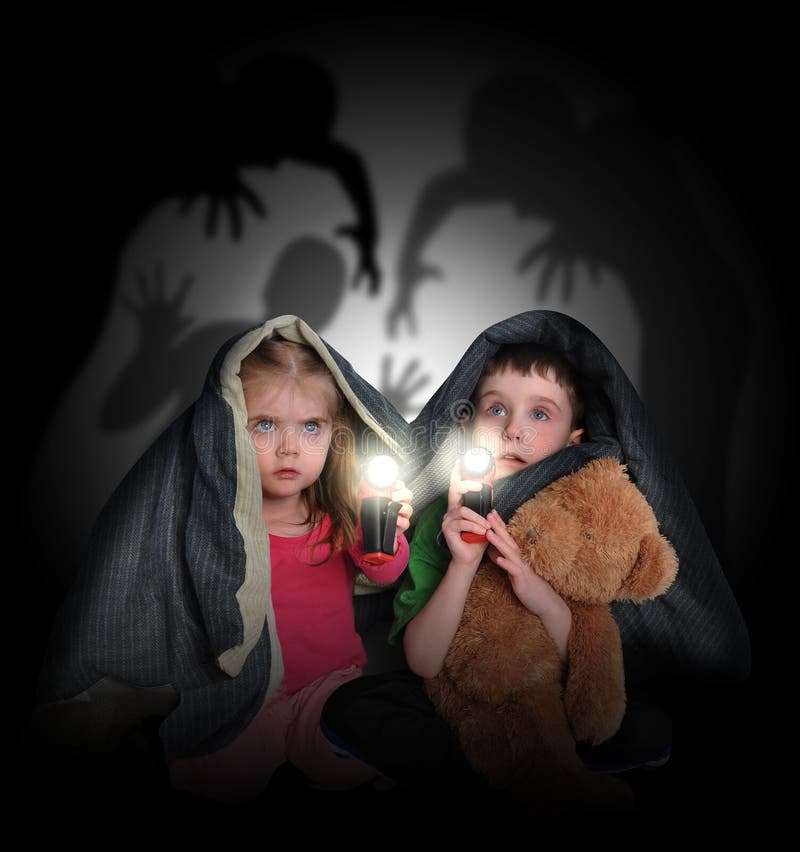

7 Story-tales compensate what young people may lack, by presenting them positive patterns of behaviours and constructive models through the characters they could identify with. It is known that stories – by reproducing fictional situations that match with children’s real problems – allow them to feel comfortable and safe in difficult circumstances, ensuring emotional security and providing healthier ways to deal with internal struggles, life adversities and stressors.
#Epic kids scared after reading professional#
4įrom a didactic point of view, storybooks can provide children with new information about the world, enrich vocabulary and enhance specific language skills (in the classroom or at home), nurturing communication between the storyteller (teacher, parent or other professional staff) and the listeners. 3 Since culture is crucial for learning, stories have a fundamental part in shaping individual’s role in the society, becoming a helpful resource from didactic, psychological/therapeutic and pedagogic perspectives.

Reading or listening to tales can be considered significant community practices, capable to impact on young generations, empowering and preparing them for the future. 1 Tales have been told everywhere and in every time to educate, entertain and increase individuals’ awareness about moral principles and customs, thus representing an important part of traditional heritage as well as a way to reinforce tolerance and mutual knowledge among different populations. Myths, fables and fairytales – originally founded on oral tradition – allowed adults to communicate with young people in an uninterrupted process until nowadays. Finally, storybooks and web-based/digital stories can be an effective vehicle for health contents, to encourage the adoption of healthy lifestyles among schoolchildren.Ĭonclusion: Children’s literature and storytelling could be helpful in promoting students’ global development and wellbeing, when included in school curricular activities. Children stories are also used by health professionals for therapeutic purposes (bibliotherapy) to prevent unhealthy habits and addictions, or address psychosomatic disorders. In a didactic perspective, properly chosen storybooks represent a valuable resource for school activities, improving students’ language skills and building up a friendly/respectful classroom environment. From a pedagogic point of view, tales convey basic values useful for children lives. Results: We found 17 studies concerning pedagogic aspect of children literature, while 21 and17 studies were selected for didactic and therapeutic dimensions, respectively. Methods: We have searched for original articles (from 1960s to 2019), by using the following keywords: "fairytales" or "fairy tales" or "folktales" or "fables" AND "education" or"development" or "learning" or "teaching" or "school" or "curriculum" or "classroom" AND "children" or "child" or "kids" or "childhood" AND "health" or "wellbeing". In this paper, we carried out a review to examine pedagogic, didactic and psychological/therapeutic dimensions of children’s literature, with the aim of highlighting its role in promoting students’ holistic development and wellbeing. Children’s literature still plays a crucial part in education as it provides knowledge and entertainment, representing a typical example of "edutainment". Background: Tales were transmitted from one generation to another, enriching young people with values, beliefs, imagination and creativity.


 0 kommentar(er)
0 kommentar(er)
